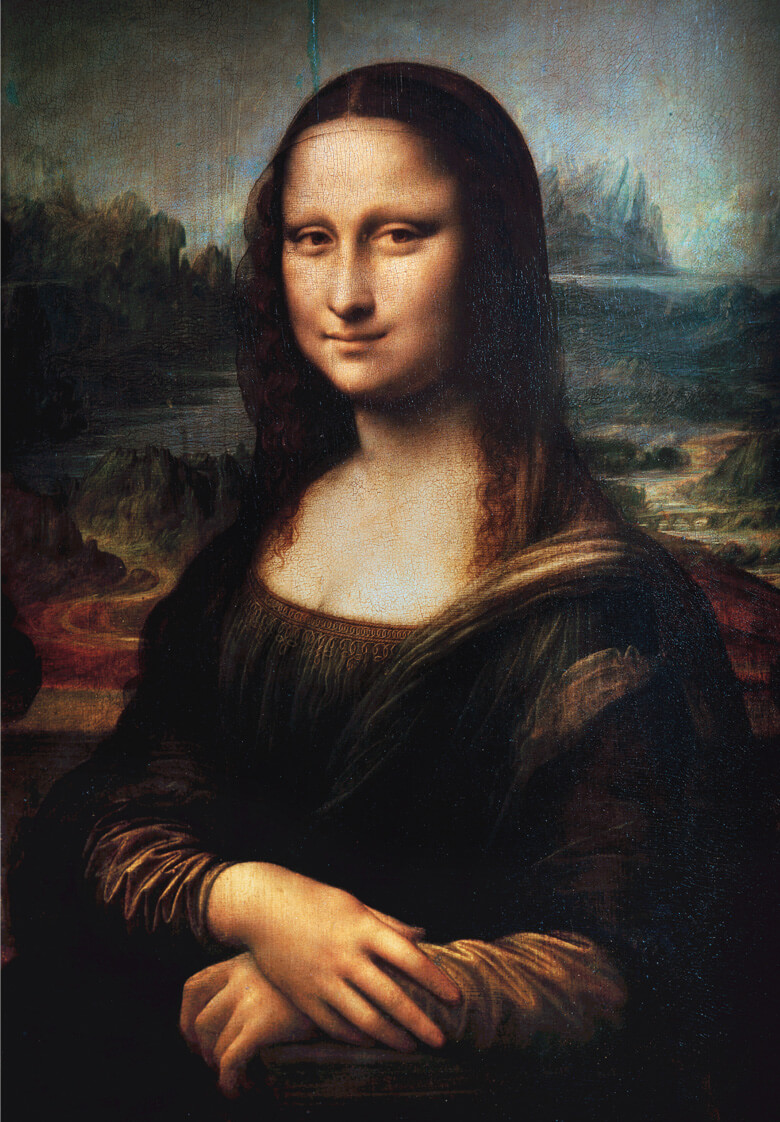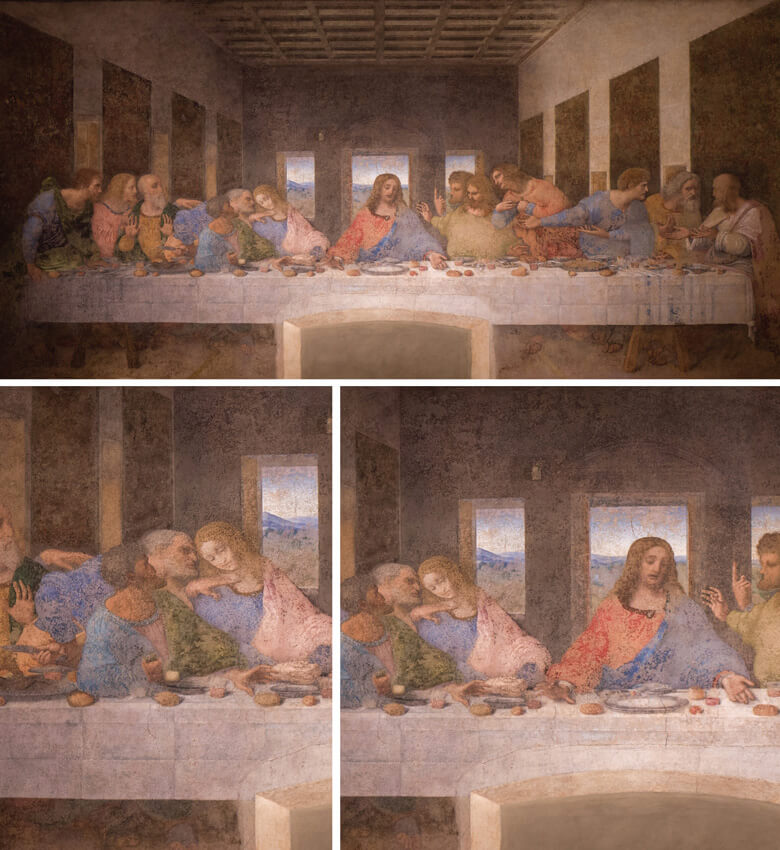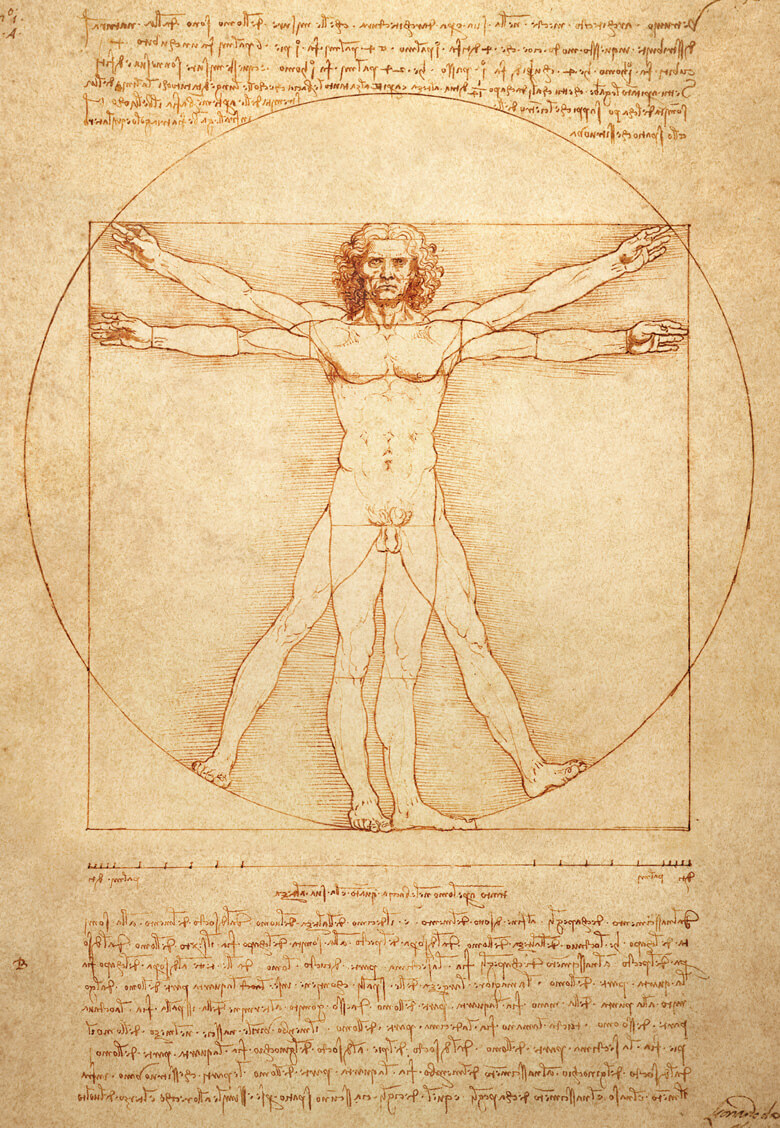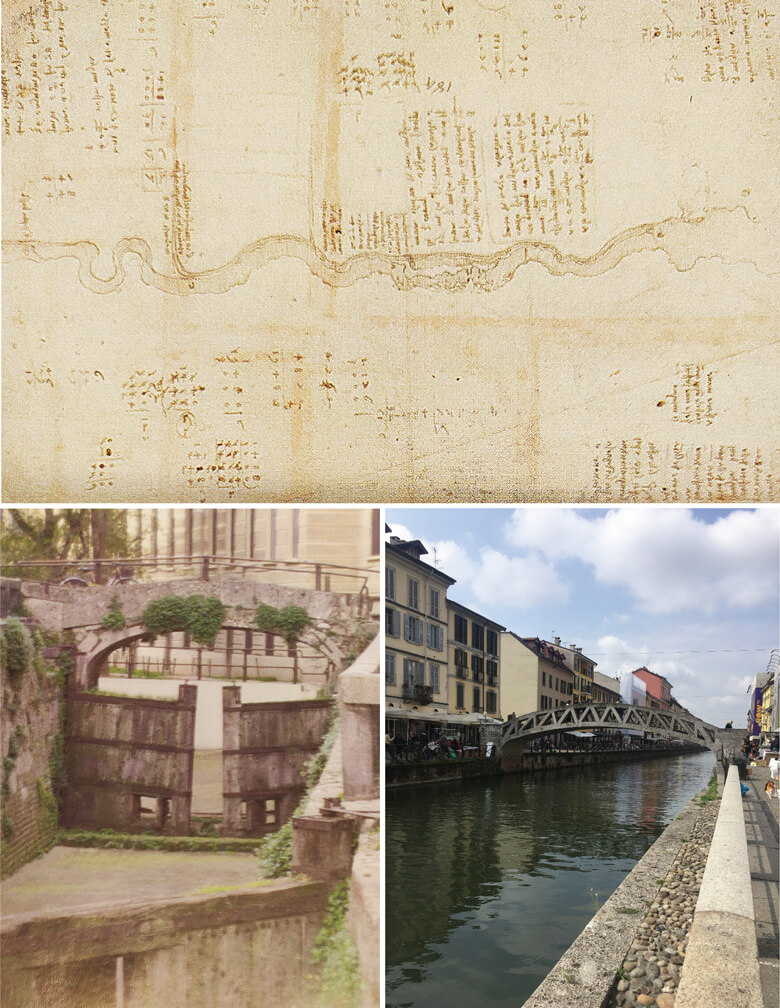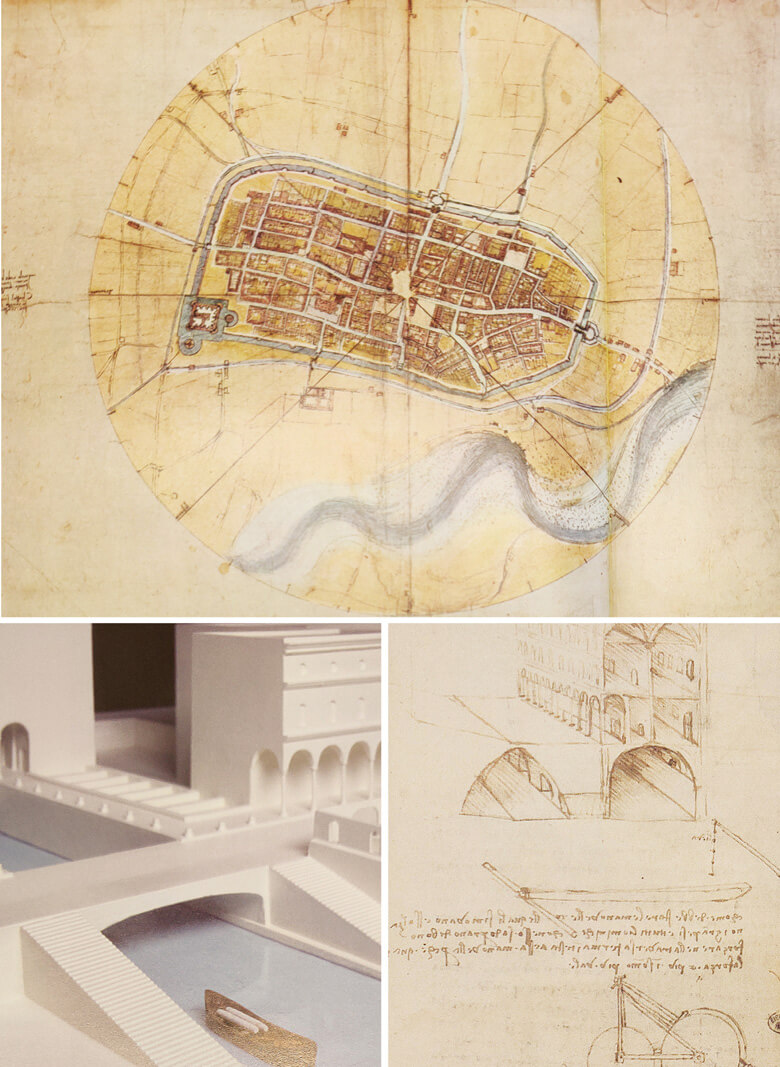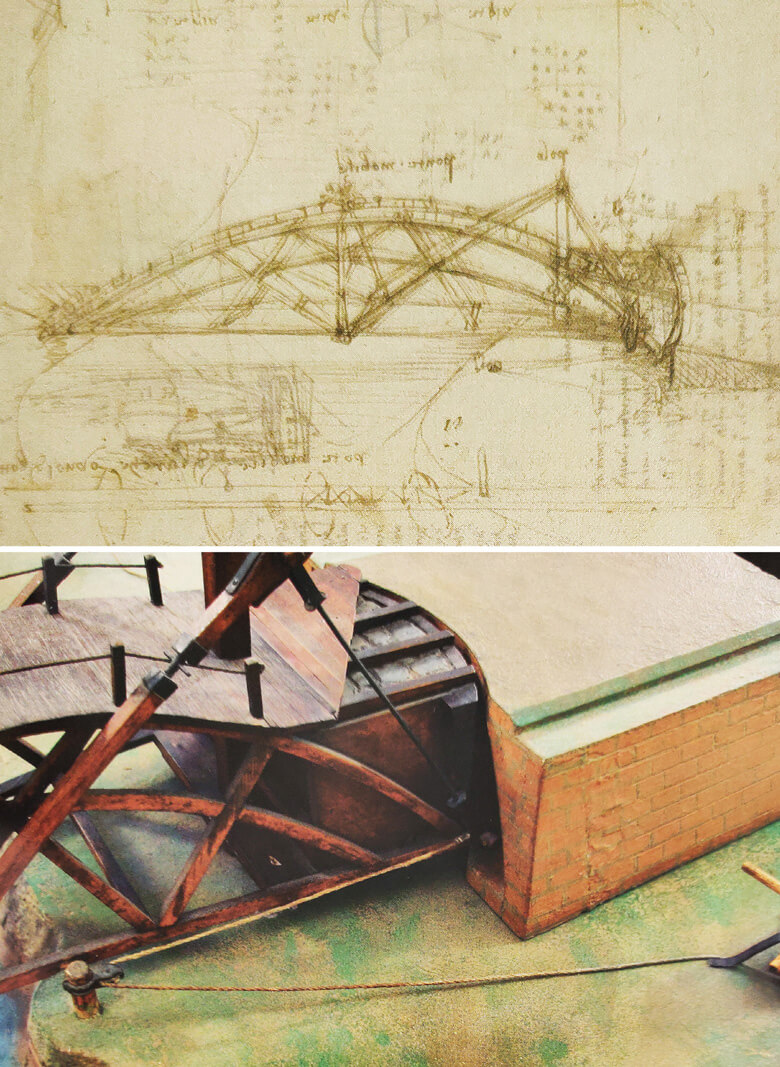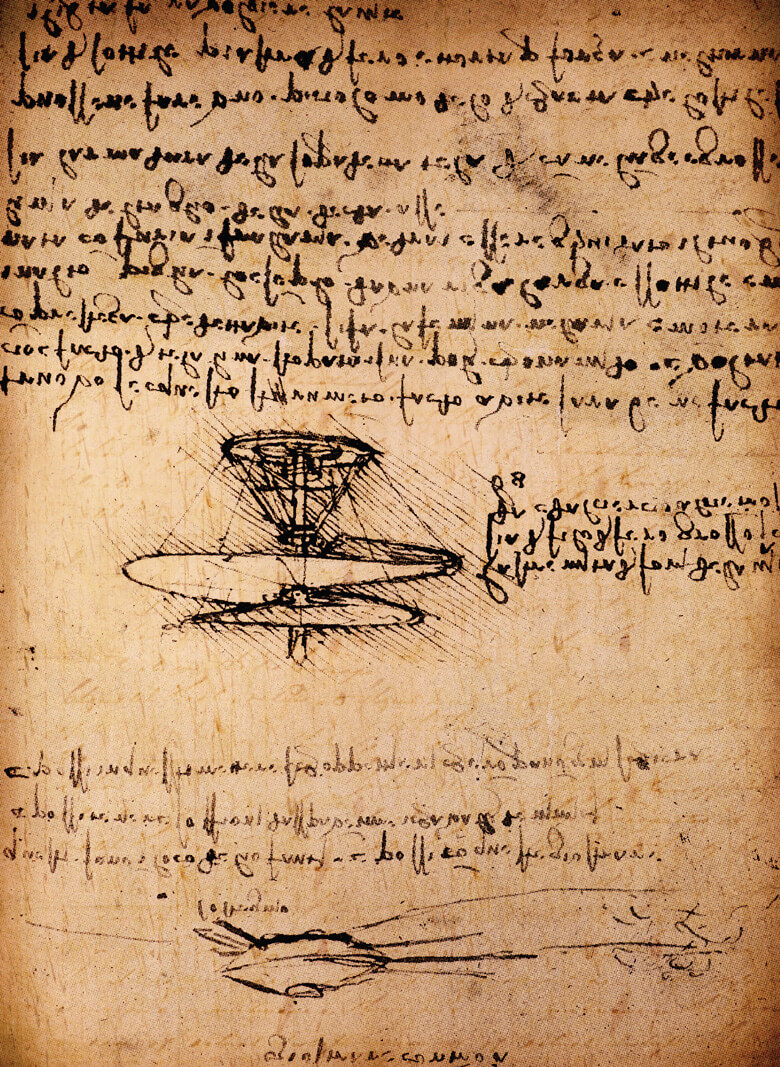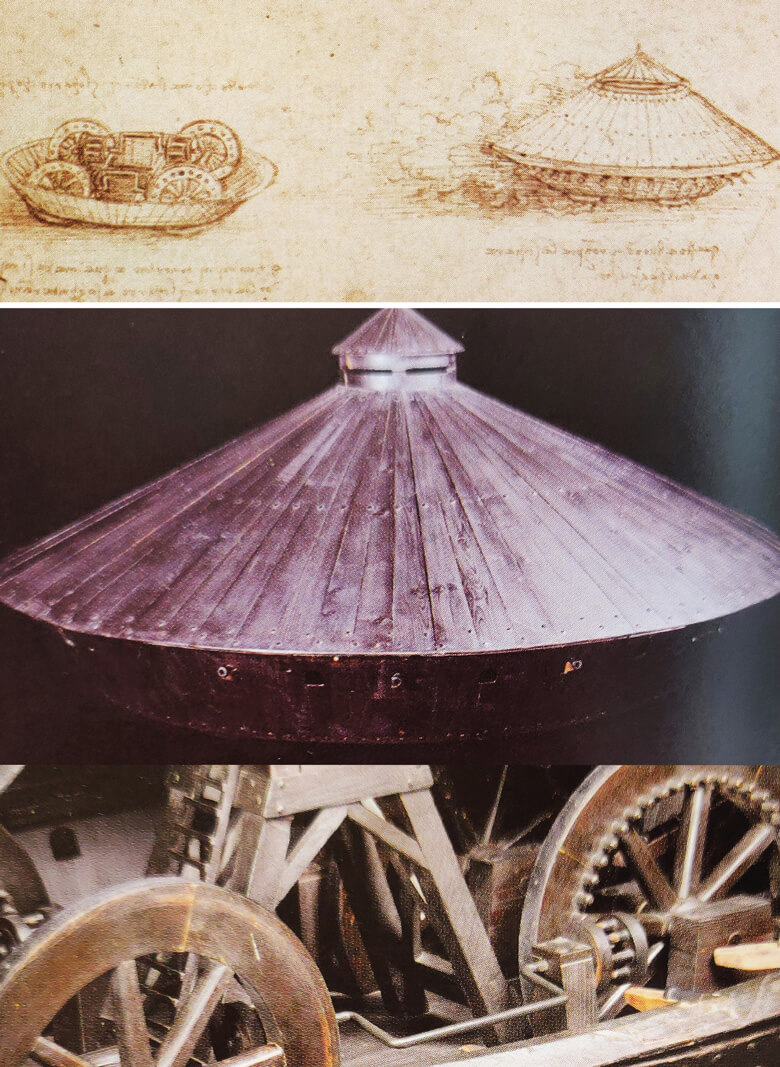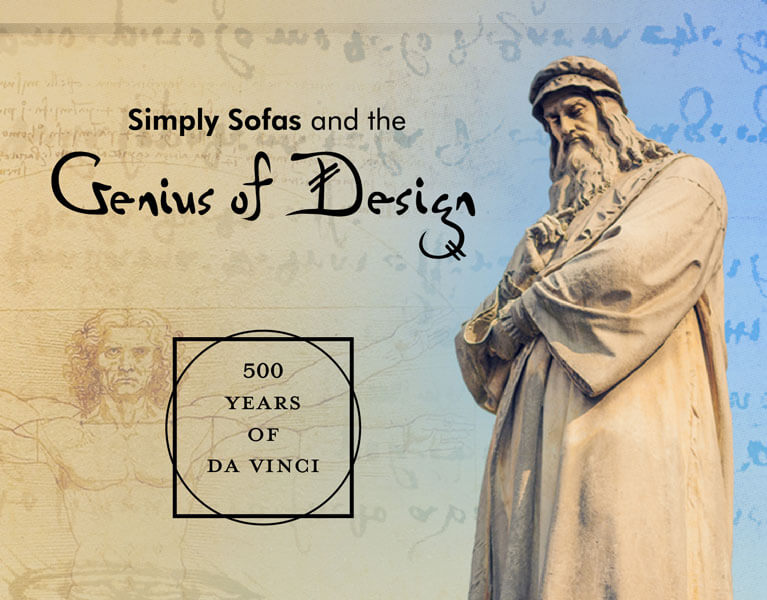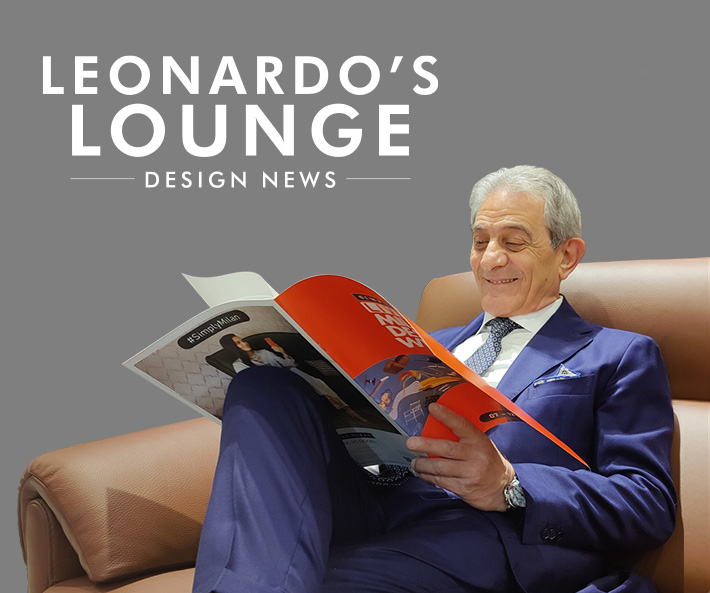Original design, made in Italy, unlike any other
Over 500 years ago, Leonardo da Vinci broke the rules of innovation with his visionary engineering ideas and art. Ideas that stretched across disciplines, materialized with perfection, in each craft. Today, following in the footsteps of the great master, we create furniture that stitches together, science and art. Furniture that truly embodies the fine Italian tradition of design and craftsmanship. Furniture, that upholds the master’s rich legacy.
Motion sofas that transform at the touch of a button. Sectional sofas that can be rearranged as desired. Power recliners and loungers that offer a dream-like comfort. Chairs, high back and low back, that swivel at will. Dining tables that extend to accommodate more love. Over 350 sofas, 120 dining tables, 200 chairs, 70 recliners, and a lot more.
Award-winning innovations by the pioneers of the design world. Like Kurt Beier, Jamie Durie, Tamara Harty, and the like. Whose imagination surpasses all boundaries. Who create to dispel notions. Set trends.
Avant-garde designs, stemming from original ideas, brought to life. To bring you comfort, unlike any other.
